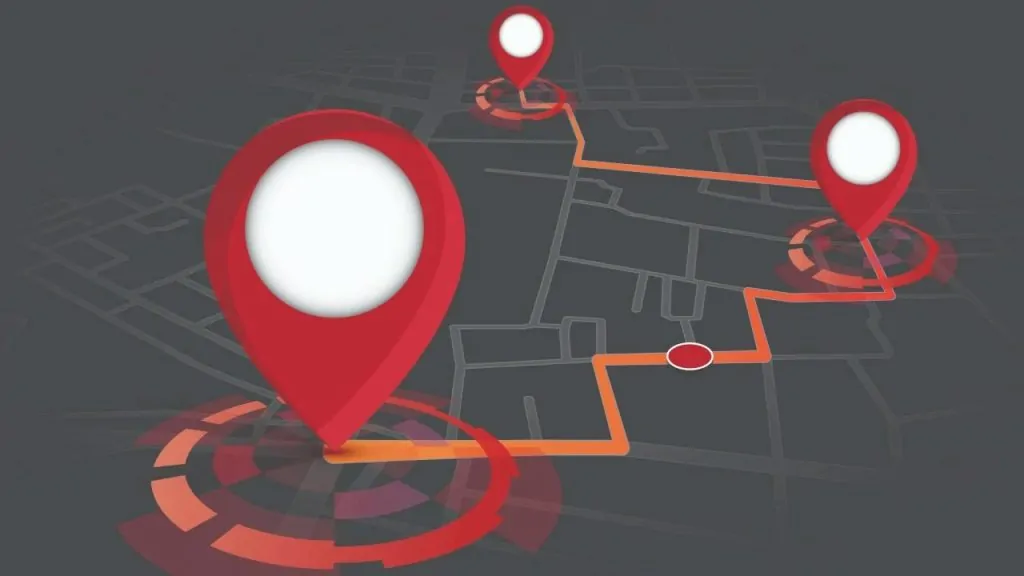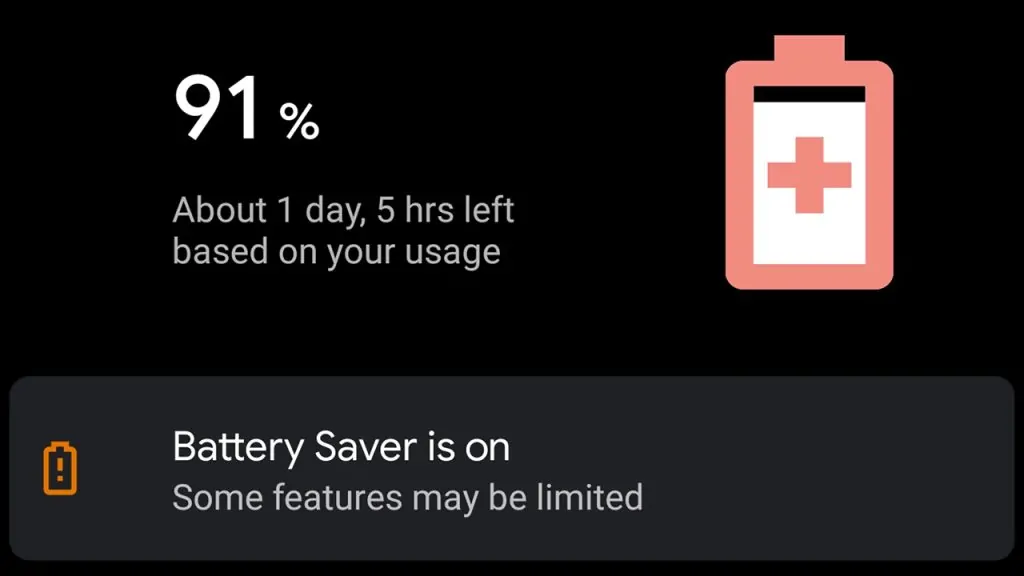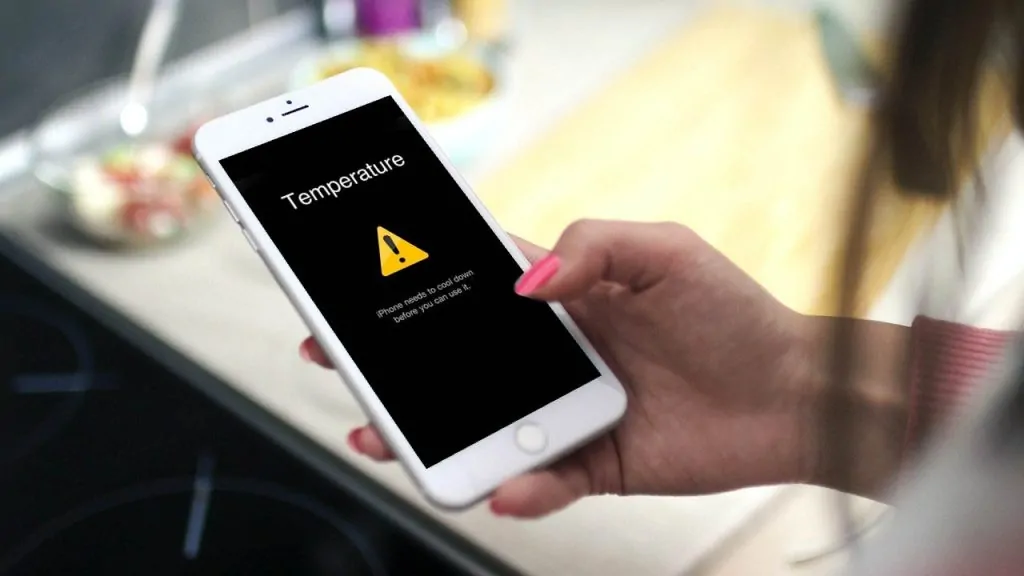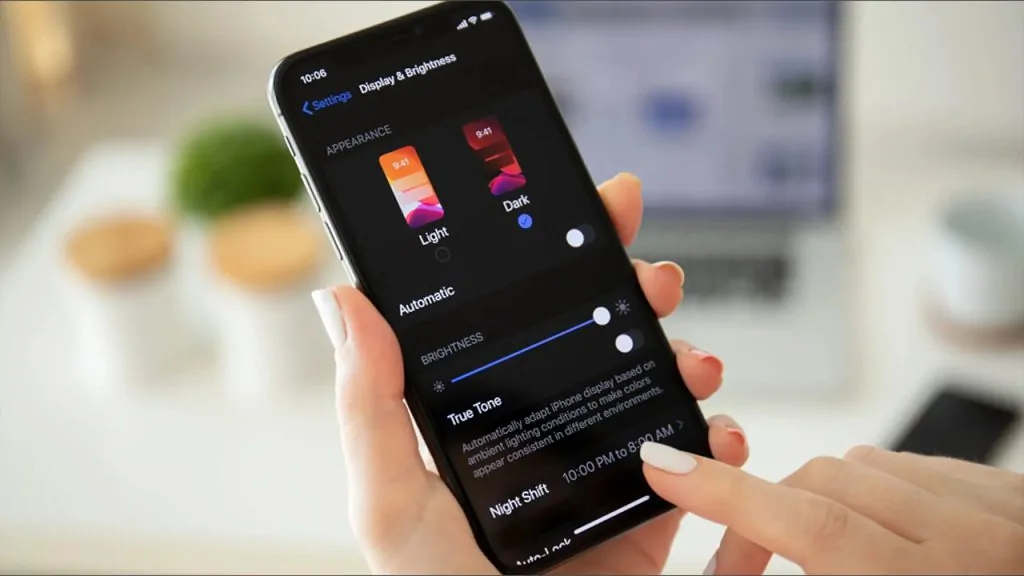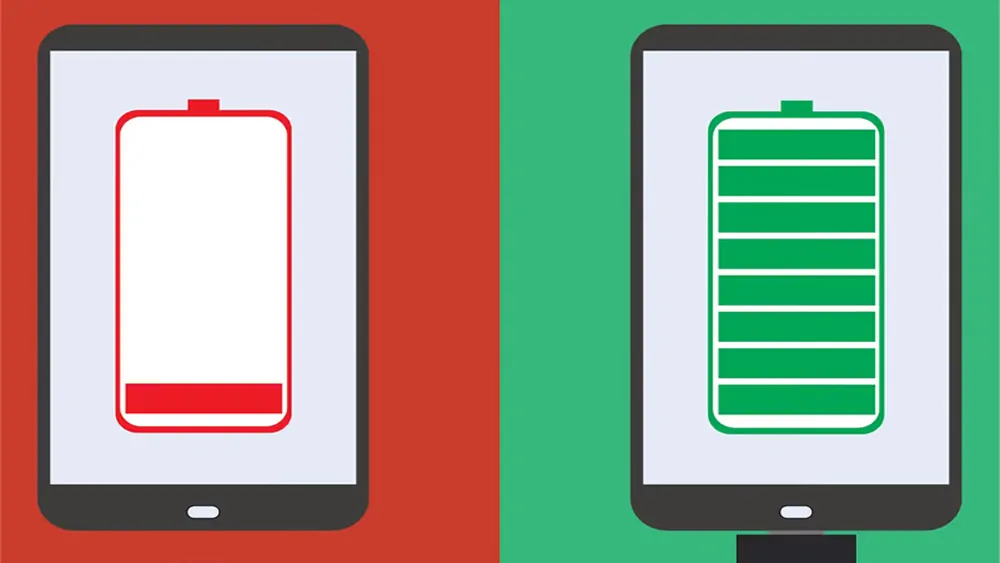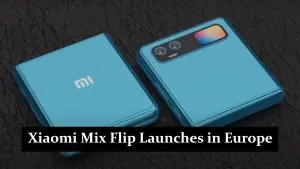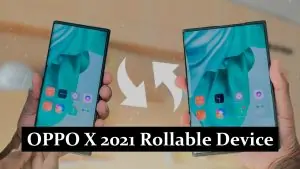Most casual users or fanatics seek smartphones with the best battery life. While fast charging keeps us topped off daily, the lithium-ion cells in our phones will eventually age and deteriorate, making it more difficult to maximize battery life. You may have noticed the battery doesn’t last as long as it did when your phone was new if you’ve used it for a few years. Many phones nowadays still have trouble getting through the day on a single charge three years later. Even extended periods of phone possession can be detrimental to the system’s stability. Struggling with battery life? Our guide has practical tips to help you to how to maximize battery life and keep it running all day long.
Unfortunately, batteries lose capacity over time. You may take steps to increase the battery and smartphone’s lifespan. If correctly used, modern smartphone batteries can last a very long time. Limiting the stress the battery experiences is the key strategy for improving battery lifespan. Since a mobile phone can’t function without a charged battery, its usefulness correlates to its battery life. But while most of us use protective cases to keep our phones safe, we don’t make as much effort to prolong the life of our phone batteries.
Some recommendations for charging your battery that science has supported to extend battery life.
Stop using location services
Smartphones have built-in GPS functions, which is fantastic if you need directions to the closest coffee shop or want to know how far you are from a specific spot. However, people frequently do not require location services. That should be disabled because it is continually looking for your location using the antennae on your smartphone.
Alternatively, you may discover which apps are pinging location and disable each separately. You can accomplish this in Android by going to Settings > Location. You can achieve the same result by using Google Maps and pre-downloading maps while connected to Wi-Fi.
Use the power-saving mode
Even while you might not want low-power mode on all the time, many modern computers, smartphones, and tablets come with it activated in Settings and frequently change the display to black and white, dim it, and disable any wireless services that are not necessary.
When the battery is just 20% charged, some devices will occasionally automatically convert to a power-saving mode. On your phone, you can manually handle it.
Avoid extreme temperatures
Not only might you feel a little uncomfortable if the temperature falls below 15°F or rises above 95°F, but it can also reduce your smartphone’s battery life. Extreme temperatures may potentially reduce its longevity in the long run.
Keep your phone out of the weather by keeping it in the shade during the summer and in a warm pocket during the winter. Your battery will suffer from excessive cold or heat. There isn’t much you can do about it, but try to avoid things like leaving your smartphone in a hot car on the dash.
Change to dark mode
If your phone has an AMOLED display, going to a dark theme will significantly increase its battery life. Backgrounds with deep blacks allow AMOLED screens to use less electricity because they can turn off individual pixels. Several avenues exist for you to benefit from this.
Applying a dark wallpaper, turning on a dark theme for the entire operating system, and enabling dark modes incompatible with Android apps like WhatsApp, Twitter, YouTube, Gmail, and many others are all options.
Minimize the brightness of the screen
The part of a smartphone that often utilizes the most battery is the screen. Energy can be saved by reducing screen brightness. Although it requires more work from the light sensor, Auto Brightness likely saves power for most users by automatically lowering screen brightness when there is less light.
Handling it manually and fairly obsessively would save the most battery in this area. That is, manually set it to the lowest visible level every time the ambient lighting level changes. Even when using auto-brightness, Android and iOS allow you to reduce total screen brightness.
Limit background-running applications
Even after you close most of your apps, they remain open. The app-specific battery tools for Android come into play here. You may entirely prevent an app from using the battery in the background by flipping a switch. Open Settings > Apps and tap on the desired app to view its settings, such as Instagram.
Select Restricted under Battery on the app info page. You can also try third-party apps if your phone is older. As a result, resources are no longer used by apps in the background. On contemporary devices, we advise using the native feature instead because it typically performs better than add-ons.
With Wi-Fi, Bluetooth, and GPS, use caution.
You’ve heard conflicting advice regarding Wi-Fi and battery life. It is because, depending on your location, turning on Wi-Fi increases or decreases battery life. By only turning on Wi-Fi, Bluetooth, and GPS when necessary when you are out and about, you can conserve battery life.
If not, your smartphone will continuously check for networks and other available devices or use GPS to track your location, which might drain your battery. On the other hand, a good Wi-Fi connection uses less power than a cellular network when you are stationary, so if your location has Wi-Fi and you trust the network, Wi-Fi is a better option for conserving battery life.
FAQs
How can I maximize my mobile battery life?
To maximize your mobile battery life, you can follow these tips:
- Adjust screen brightness to an optimal level or use auto-brightness
- Enable power-saving mode when necessary
- Disable location services or limit app access to the location
- Limit background-running applications
- Turn off Wi-Fi, Bluetooth, and GPS when not in use
- Use dark mode if your phone has an AMOLED display
- Avoid exposing your phone to extreme temperatures
- Keep your phone’s software up to date
How can I improve my battery life to 100?
Improving your battery life to 100% may not be possible, as battery performance decreases over time due to normal wear and tear. However, following the tips mentioned in the previous answer can help you significantly improve and extend your mobile battery life.
What kills the phone battery fastest?
Factors that kill phone battery fastest include:
- High screen brightness and long screen-on time
- Running power-hungry apps and background processes
- Constant use of location services, Wi-Fi, Bluetooth, and GPS
- Exposure to extreme temperatures
- Using cellular data instead of Wi-Fi when possible
- Running outdated software and apps
Does limiting charging to 85 percent help?
Limiting charging to 85 percent can help prolong the overall lifespan of your phone’s battery. This is because lithium-ion batteries tend to degrade faster when they are charged to their full capacity. By keeping your battery’s charge between 20-85%, you can reduce the stress on the battery and maintain its capacity for a longer period. However, this may not be practical for everyday use, so it’s essential to find a balance that works for you.
Conclusion:
Extending the life of your phone battery helps reduce the environmental disaster that smartphones are, in all honesty. These easy tips will give you a longer phone battery. Some actions you may do to maintain and lengthen the life of your phone battery have been listed.
If you own a smartphone in Pakistan and want to reduce the environmental impact of your device, implementing easy tips to extend your phone battery’s life can help, such as limiting app usage, reducing screen brightness, disabling unnecessary features, and enabling power-saving modes, among others.
Disclaimer:
The information provided in this document, “How to Maximize Battery Life on Your Smartphone: Tips and Tricks,” is for general informational purposes only. All information in this document is provided in good faith. However, we make no representation or warranty of any kind, express or implied, regarding the accuracy, adequacy, validity, reliability, availability, or completeness of any information in the document.
Through this document, you are able to link to other websites which are not under the control of us. We have no control over the nature, content, and availability of those sites. The inclusion of any links does not necessarily imply a recommendation or endorse the views expressed within them.

